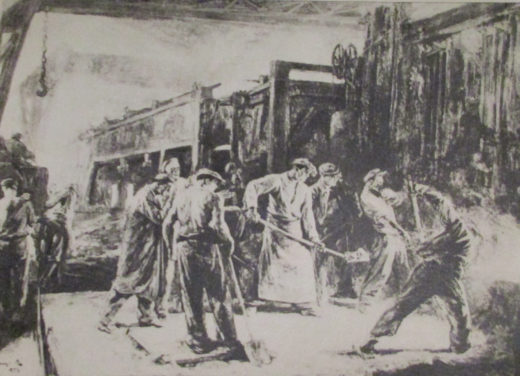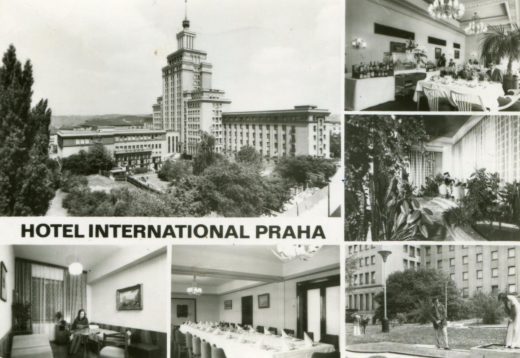The Role of the Romanian Artists’ Union in the Production of State Socialist Art
During the establishment of the new socialist regime in Romania, “in order for visual artists to be it was felt necessary to create a new form of organization, a new organism that [would] become an active factor in the work of culturalization of the masses, and for the development of creation.”(“Introductory remarks for the future Country Conference of the Romanian Artists’ Union (UAP) of the Romanian Popular Republic (RPR),” File 1/1950, Fund UAP, The Central National Archives of Romania (ANIC), f. 1.) This article is an adaptation of part of a forthcoming book about the role of the … Read more







